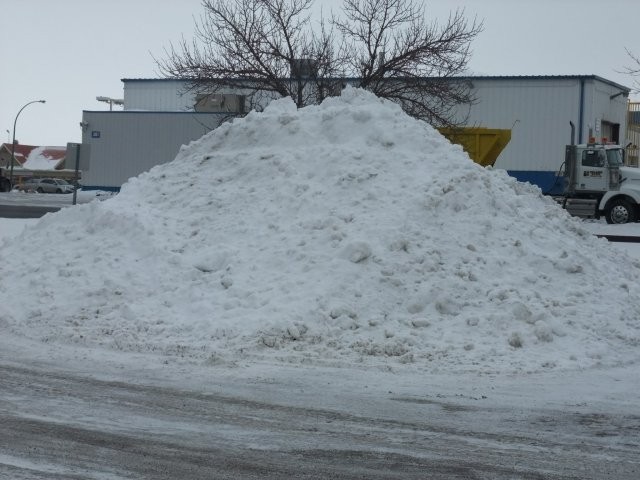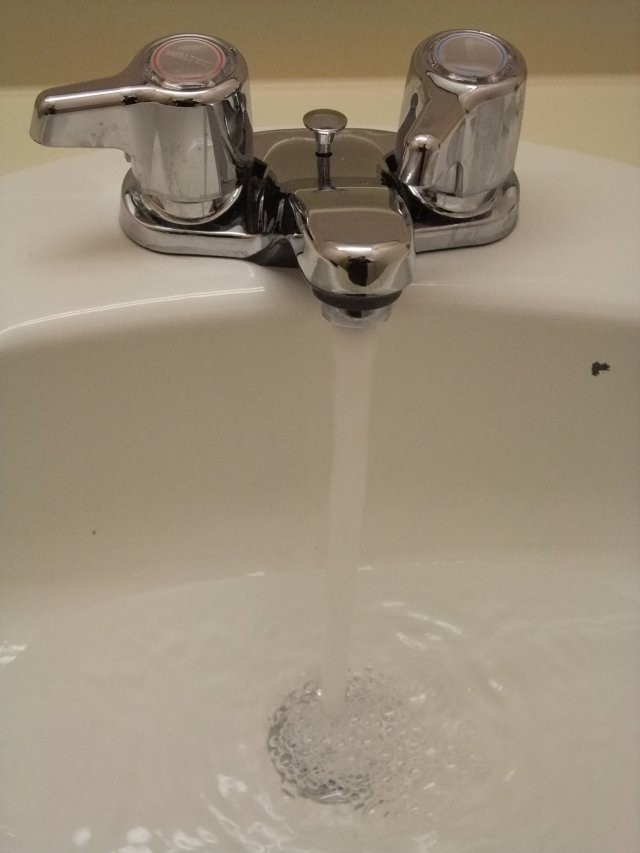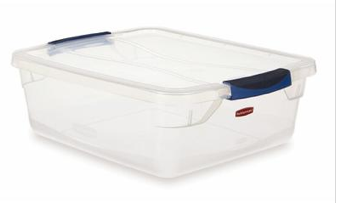
The MAS office will be closed for Christmas Holidays December 24th to January 4th.
Usual office hours will resume on January 5th, 2026
It’s that time of year again.

Old Man Winter just reared his ugly head in Saskatchewan again last week, but the melting of the masses of accumulated snow is sure to come very soon. What have you done (and are going to do) to ensure that your museum building and collections are protected from the spring melt?
Water is one of the major agents of deterioration

capable of damaging your building and collections. Both the steps that you take to prepare your site for winter and your ongoing efforts during the winter will help minimize the potentially nasty side-effects of spring. These steps should be part of an ongoing maintenance plan (which I will discuss in my next blog post in April).
Checking your building for trouble spots should be ongoing and routine. However, during this time of the year it will be especially important. A build up of ice could signal that there is a problem with drainage. Check the eavestroughs for any blockages that will prevent proper water movement. As well, check to see where water is being diverted: it should move away from the foundation of your building. If you can do so safely, remove excess snow from your roofs and on the ground around your museum. If you have a sump pump in your building, make sure it works. If you think you may need a sump pump, find one that you could use in an emergency.
Packing up your water and pest sensitive objects in to a waterproof container (such as the clear, colourless Rubbermaid container seen below) can be a

great step in helping prevent possible damage from a flood or leak. Ensuring that objects on the floor are packed up or raised in case of a flood are always great steps to take. If there are known leaks in the roof, ensure that nothing is under that section of it. If you cannot move the objects underneath that area, perhaps place a tarp (or a softer plastic like polyethylene) over your objects.
Without proper monitoring and planning, water accumulation could lead to mould, flooding, and pest infestation. There is even the potential for the museum to close should it turn into a disaster!
Always have a disaster plan; have some resources and supplies ready. Know emergency numbers in your area and who is able to help should a disaster occur. MAS is able to give advice concerning the creation of a disaster plan. Taking courses, like our Mould Management and Remediation workshop, are extremely helpful when dealing with difficult circumstances.
Should you need some funding to help with the aftermath of a disaster, check your eligibility for the Provincial Disaster Assistance Program (PDAP).
If you have any questions about this or any other topic, email me at [email protected] or call me at 306-780-9266.

Usual office hours will resume on January 5th, 2026

Just a reminder that the Final Report for the Museum Improvement Micro Grant for Community Museums is due December 5th! Your final report will require you to provide a brief

Thursday October 16, 202512:00pm CSTOnline via Zoom: https://us02web.zoom.us/j/86760471705?pwd=XjoSlWAP0TJZVYrprylmLqujOkVrk2.1 No registration required. The Museum Grant Program (MGP) provides operational funding to help foster strong, vibrant, community-based Saskatchewan museums that are valued